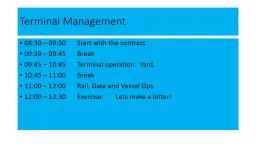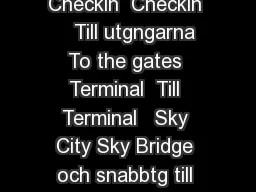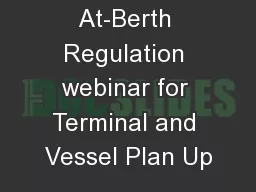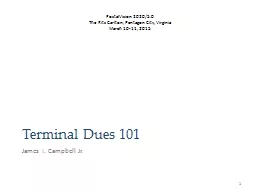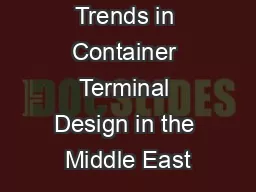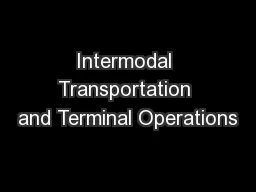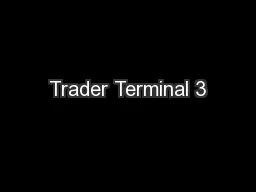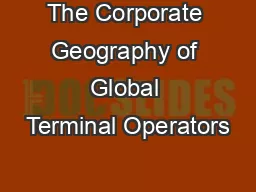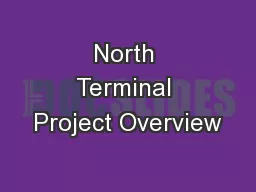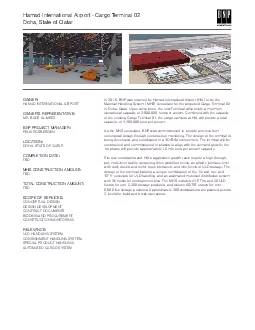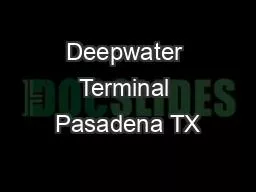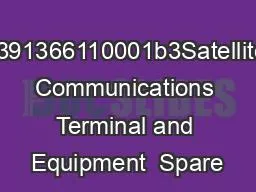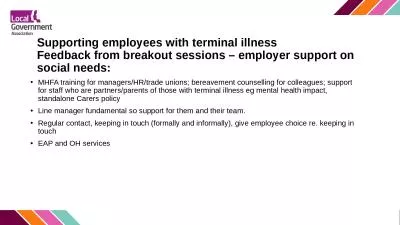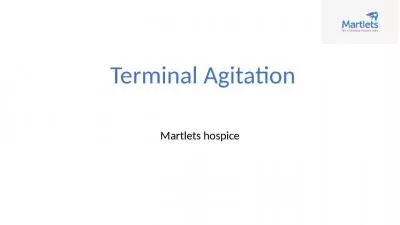PPT-Terminal Management 08:30 – 09:30 Start with the contract
Author : cozync | Published Date : 2020-08-06
0930 0945 Break 0945 1045 Terminal operation Yard 1045 1100 Break 1100 1200 Rail Gate and Vessel Ops 1200 1230 Exercise Lets make a letter It starts with a
Presentation Embed Code
Download Presentation
Download Presentation The PPT/PDF document "Terminal Management 08:30 – 09:30 Star..." is the property of its rightful owner. Permission is granted to download and print the materials on this website for personal, non-commercial use only, and to display it on your personal computer provided you do not modify the materials and that you retain all copyright notices contained in the materials. By downloading content from our website, you accept the terms of this agreement.
Terminal Management 08:30 – 09:30 Start with the contract: Transcript
Download Rules Of Document
"Terminal Management 08:30 – 09:30 Start with the contract"The content belongs to its owner. You may download and print it for personal use, without modification, and keep all copyright notices. By downloading, you agree to these terms.
Related Documents

